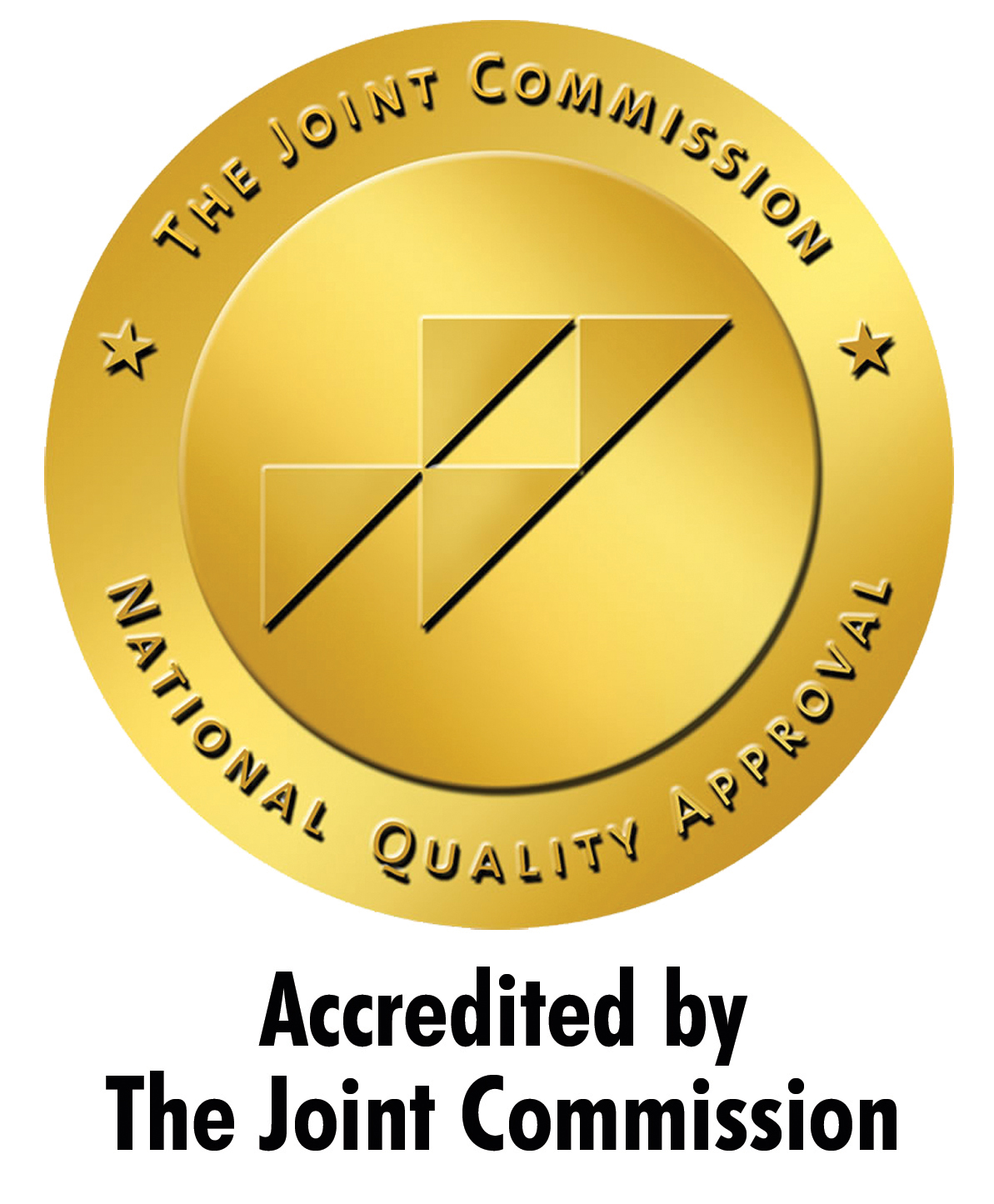Finding Excellence in Imperfections
By Maurice Stutzman, MD
February 19, 2015I am building a cabin. Well not really an entire cabin since I am just finishing the inside. I had someone put up the basic structure so I can then finish the interior at my leisure. That way, the part you see (from the outside) looks perfect. The inside, depending on your perspective, is a different story. You see, I am a physician, not a carpenter.
My idea was to make the interior look “rustic,” just like a cabin is supposed to be. That is a diplomatic way of saying, “Not built by a professional carpenter!” To create the rustic look, I decided to use wide pine planking (1 x 12) for the walls, with tongue and groove barn siding for the ceiling. And indeed, that is the way it turned out.
During my work, I soon found out that each board has a unique personality. There were different patterns of knot, crack, color, scuff, and even feel. Often, one side of the board was different from the other. I had to choose which one to expose and which one to hide. Sometimes its location in the cabin or the characteristics of an adjacent board helped me decide. But, eventually, when placed together, a new pattern would emerge that camouflaged the defects in craftsmanship. The defects became part of an overall pattern called “rustic.”
Occasionally I ran into a difficult board--one that was not perfectly straight, or perhaps had an open knot hole, or maybe one that just looked equally bad on both sides. When that happened, I just nailed it up, hoping that its imperfection would add to the nature of the cabin.
I noticed an interesting characteristic about some of the boards which only became obvious when I needed to make a length-wise cut. It often happened to boards that looked the most perfect, had the least amount of blemish, and would seem to fit just about anywhere. These boards were actually difficult to cut. At first I thought it was my technique that kept me from cutting a straight line. However, even when I made a deliberate attempt to be straight, my cuts still were off. My saw often seized. Then I would have to wrestle it back out, and start again. Sometimes it would take two or three attempts to finally make a good cut. I finally figured out that the problem was not in my technique, nor caused by the circular saw, but came from the nature of the wood. You see, those perfect boards were under a lot of internal tension created by its graining and growth pattern. When I cut into the board, the stress got released, which compressed the cut, and then caused my saw blade to seize. I could not see the tension by looking at the surface of the board. It could only be detected when it was cut.
I chose one of those perfect boards to make the cut for a window opening. My saw seized several times. So, I had to make wider and wider cuts. After I was finished, the board was warped and had an edge of disfiguring saw marks. Then when I placed it on the wall, instead of getting a nice joint with the other boards, its edges had gaps of up to a quarter inch. I did not want to go through the hassle of re-cutting and re-measuring, so I just hung it, thus adding to the rustic “charm” I “so wanted’ to create.
After finishing the walls and knowing where all my mistakes were, I stepped back to look at the finished product. Surprisingly, it did not look that bad. Although each board had its individual defect and place, together, they created the very look I wanted. The whole project looked better than any single part. The reality was that if each piece was the perfect board and had the perfect fit, the interior would not have had the look that I wanted. The strengths of some balanced out the weaknesses of others. Together they “fit together” perfectly.
This past year I began a medical practice at a different location in another healthcare system when I became a part of Trinity Medical Group. My role requires some management, a fair amount of patient care, and a lot of patience. I was tasked to develop and deliver a new concept in health care called the Patient Centered Medical Home (PCMH). Since Electronic Medical Records (EMR) are crucial to its success, I had to be pro-active in “re-working” the existing EMR. I also assisted in the interviewing and hiring of staff.
Hiring staff was a bit like finishing the inside of a cabin. Whether by design or intent, I will have to be satisfied with them being a bit rustic. My staff has its own history, skills, and personality. Individually, they may not have the perfect credentials. I am finding out that the best credentials may not be the best fit with what needs to be done. I needed staff that would not react or warp when stressed or faced with a challenge. I soon figured out that what I was looking for was resilience, not perfection. The candidates with the imperfect resumes were exactly what I needed.
So, after eight months, I am again standing back (just like in my cabin) and have to say, it looks pretty good. Each staff member works well with the others. Their defects are complemented by the others’ strengths. We started out with diverse backgrounds, skill sets, and personality, and I can honestly say we are just now coming together as a team, a team capable of providing excellent care. I am proud of what we have accomplished. I am loving what we have. Our future is looking bright.
This reflection was written by Dr. Maurice Stutzman, Board Certified Family Practitioner at the Trinity Medical Group’s Dover office.
« Back to Learning Center



